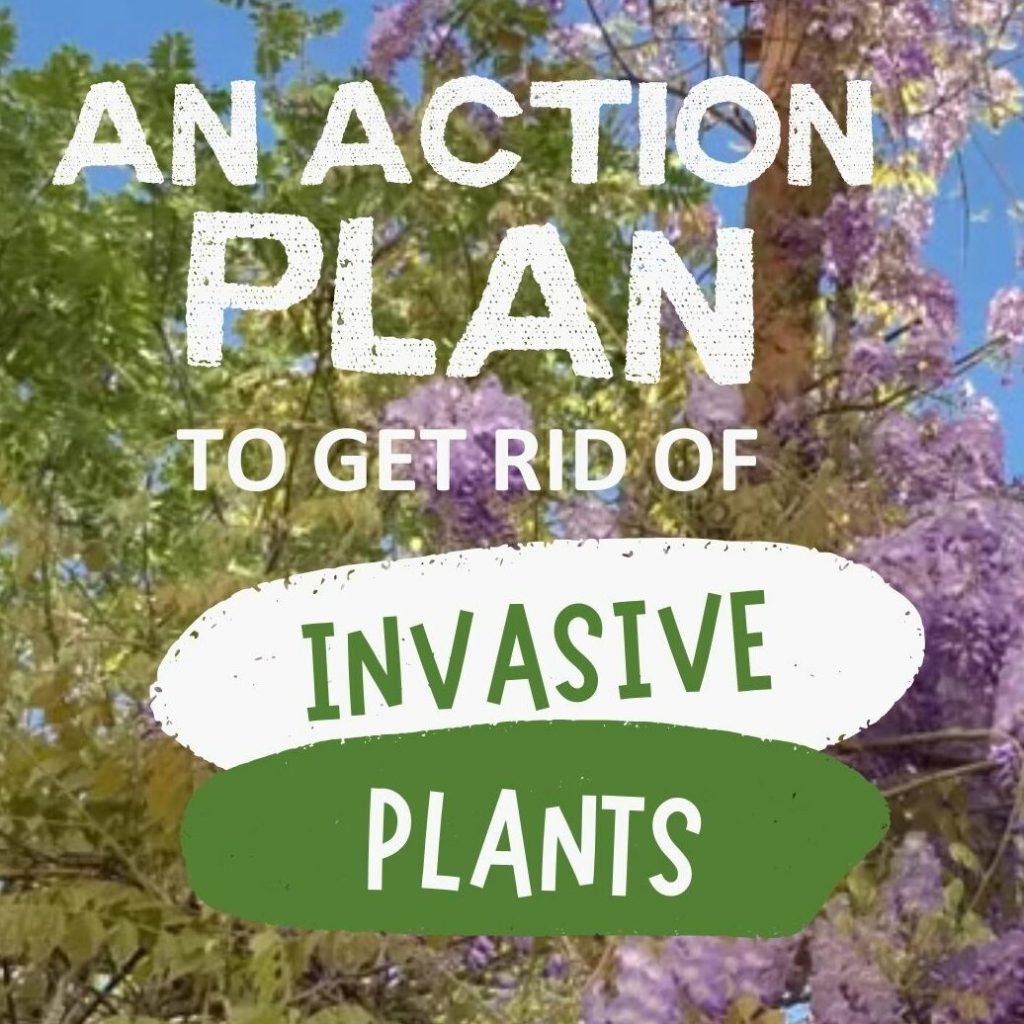Invasive plants aren’t just unsightly weeds with bad manners. They can cause serious ecological damage, threaten biodiversity, and even put human health and safety at risk. These nonnative species are often aggressive growers with few natural checks and balances in their new environments. The result? They outcompete native plants, disrupt local ecosystems, and can spread rapidly across landscapes.
But here’s the good news: you can take action in your own yard to stop the spread of invasive plants. In this video, we’ll walk you through practical steps to identify and remove invasives and make space for the plants you actually want—especially those that support pollinators and wildlife.
Step 1: Know What You’re Dealing With
Invasive plant vary by region, so it’s critical to know which species are considered problematic in your area. Start by contacting your local cooperative extension office or exploring reliable online resources like the Invasive Plant Atlas of the United States. Plant identification apps and regional social media groups can also help, though they should be used with caution. Misidentifying a native plant as invasive—or vice versa—can do more harm than good.
Step 2: Stop the Spread Before It Starts
For many species, seeds are the main method of reproduction. Prevent seed production by mowing, cutting, or deadheading plants before they mature. Applying mulch to bare areas can also help suppress seedlings and reduce the seed bank in the soil.
Perennial species, like purple loosestrife and yellow flag iris, require a more hands-on approach. In addition to preventing seed spread, you’ll need to remove the plants themselves—either by digging them out or using targeted herbicide treatments when necessary.
Step 3: Tackle Belowground Spreaders
Some invasive plants, such as Japanese knotweed and English ivy, reproduce through underground structures like rhizomes, stolons, or tubers. These can be especially tricky to eliminate, as even small fragments left behind can regrow. Early detection and removal are key. Smothering—by cutting back the plant and covering the area with cardboard and mulch—can also be effective, though it often requires persistence.
Step 4: Remove Invasive Shrubs and Trees
Woody plants like Japanese barberry and burning bush spread their seeds via birds, which means they can invade wild areas far beyond your garden. If you find them on your property, the best approach is removal and replacement with noninvasive alternatives. Specialized tools like weed wrenches or mattocks can help with manual removal. If you can’t dig them out, the cut-and-treat method—cutting the stems and applying herbicide to the stump—is a targeted, lower-risk chemical option.
A Long-Term Commitment
Eradicating invasive plants isn’t a one-and-done task. It’s a process that takes patience, vigilance, and follow-up. But each step you take helps protect native biodiversity and contributes to a healthier, more resilient landscape.
Watch the video above to see these techniques in action—and take the first step toward reclaiming your garden.

